The post What is Burst Mode and How Can it Benefit Your Photography? appeared first on Digital Photography School. It was authored by Megan Kennedy.
When it comes to photography, timing can be everything. Whether you are photographing a high-speed car or a static landscape, knowing when to press the shutter button is all-important. But the average human reaction time to a visual stimulus is 0.25 seconds, making photographs of brief opportunities somewhat difficult. Fortunately, when frantically depressing the shutter button just doesn’t cut it, there’s burst mode.
Let’s take a speedy look at burst mode, and how it can benefit your photography.

What is burst mode?
Burst mode is also known as continuous shooting mode or continuous high-speed mode. It’s a camera function that allows you to make a series of photographs in quick succession. With burst mode activated, a photographer can hold the shutter button down and the camera will take multiple photographs, minimizing the interval between shots.

When is burst mode used?
Burst mode can be used at any time, but it’s especially useful for fast-moving subjects and fleeting opportunities. Burst mode records moments much faster than capturing an event manually frame-by-frame. This increases the chance of making successful photographs of short-lived moments.

Burst mode is often viewed as a setting best suited to photographing high-action sports events. But street photographers, for example, may use the mode to anticipate interesting photographic opportunities. Burst mode is also great for macro and wildlife photography and for capturing the nuanced expressions of subjects in portraiture.
How to use burst mode
Activating burst mode can vary depending on the camera. For my Canon 5D Mark II, I activate continuous shooting by pressing the dedicated AF•DRIVE button on my camera and selecting continuous shooting on the main screen with the quick control dial. If you aren’t sure how to activate burst mode, consult your manual or have a look online.

With burst mode engaged, you’ll also need to ensure you set the right focus mode. For burst mode photography, it’s best to shoot in continuous focusing mode. Known as AI Servo on Canon and AF-C on Nikon, continuous focus will constantly track moving objects, helping to maintain sharp focus while burst mode is activated.
Finally, set your camera settings (shutter speed, aperture, and ISO) accordingly, and you are ready to go! Focus on a subject, depress the shutter button, and the camera will take a burst of images as long as the shutter button is held down (to an extent; see below).
The technical bits of burst mode
There are a few aspects that govern the performance of continuous shooting. The speed of a camera’s burst mode can depend largely on the camera itself. While some cameras operate at two or three frames per second (fps), higher-end cameras can perform at 8+ fps per burst.
In addition, burst mode photographs are saved to a shot buffer before they are transferred to your memory card. The size of the camera’s shot buffer and memory card determines how long you can shoot in burst mode, and the writing speed of any images taken. For example, with a UDMA card, my Canon 5D Mark II can shoot a burst of 310 large JPEG files.

However, if I want to shoot in RAW, the buffer has the capacity for 13 images per burst with a UDMA card. This is important to know when planning a shoot as the requirement for a longer burst will depend on your willingness to shoot in JPEG.
Another option to improve the length of a burst is to change the camera’s frames per second setting. Not all cameras have this option. However, selecting a slower burst mode will maintain your burst for longer, but with a greater interval between each shot.
An additional aspect to keep in mind when using burst mode is battery life. Shooting in burst mode can drain the life of a battery faster than with single-frame shooting. If you plan to use burst mode frequently over the course of a shoot, it could be prudent to take an extra battery or two along with you.
Conclusion
Whether you’re photographing a family portrait with active kids, capturing a flock of birds in flight, or covering a sporting event, burst mode can snap up the moments that could otherwise be missed in single-shooting. By setting your camera to burst mode, you can anticipate events and make a series of exposures without worrying so much about reaction time.
The post What is Burst Mode and How Can it Benefit Your Photography? appeared first on Digital Photography School. It was authored by Megan Kennedy.



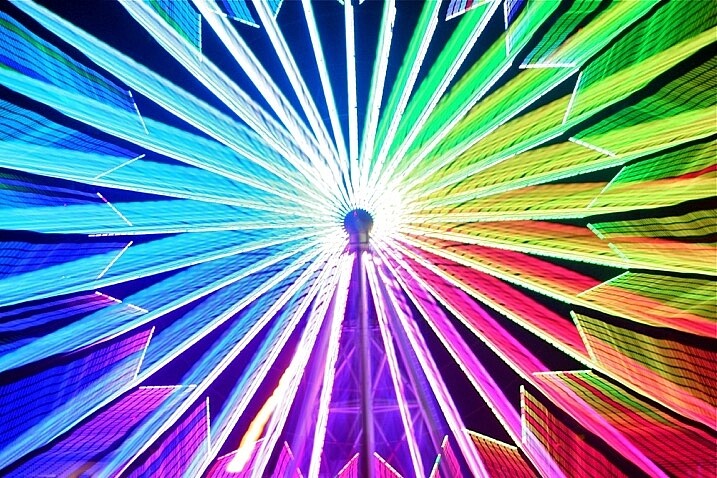
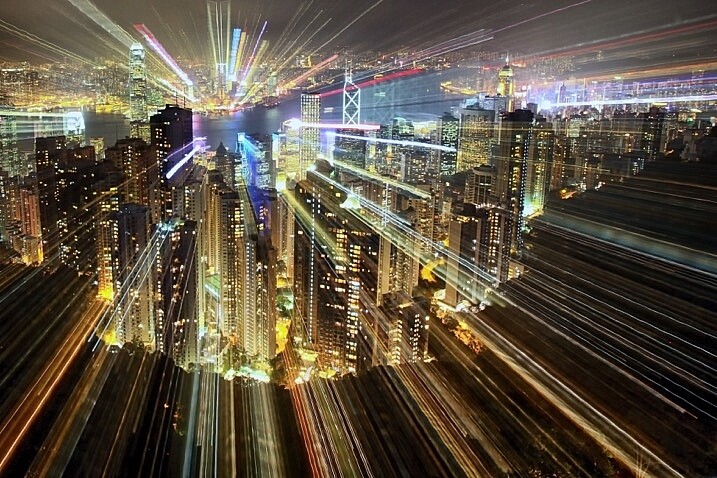

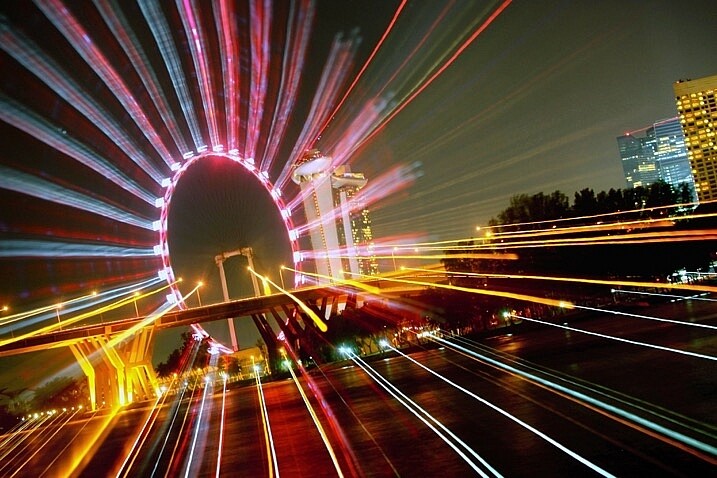
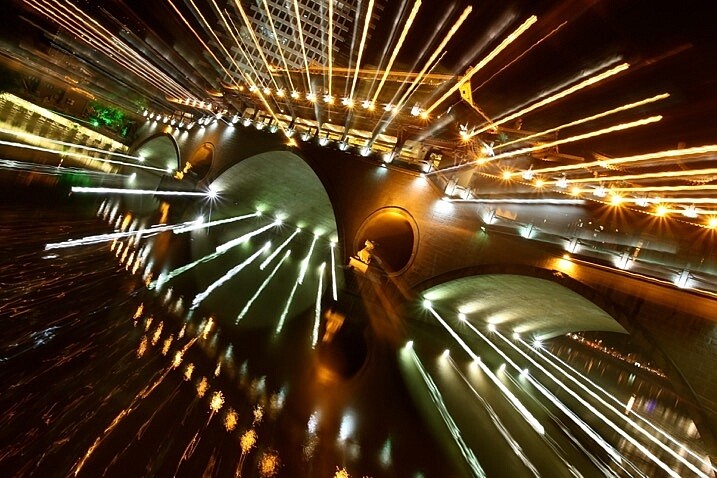

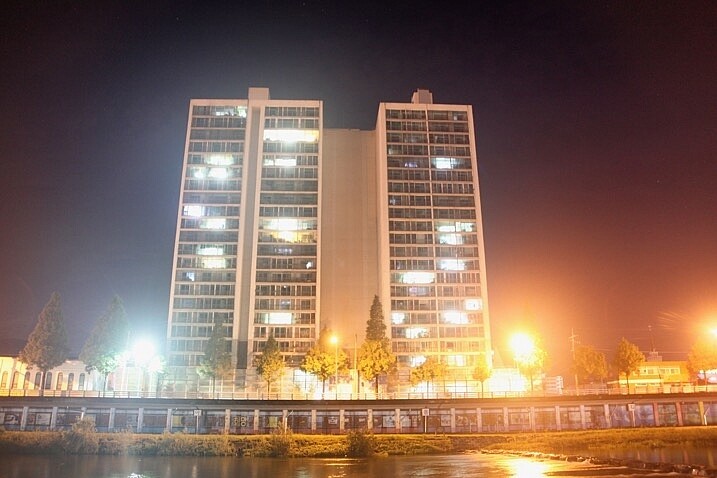
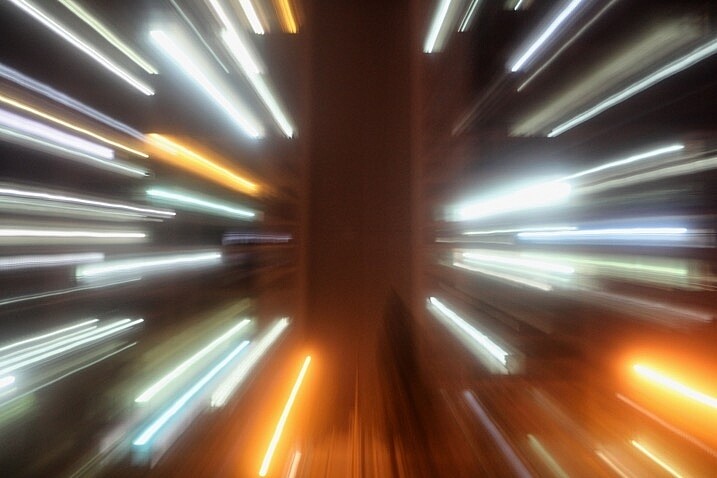
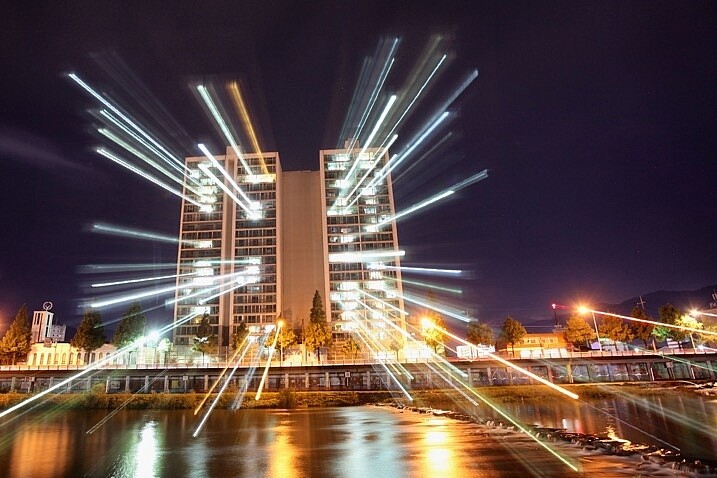
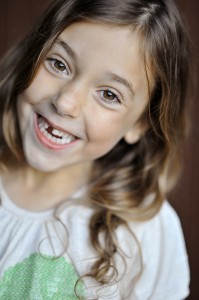










You must be logged in to post a comment.